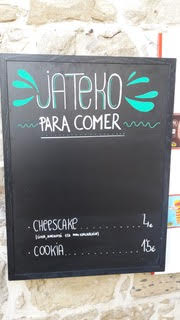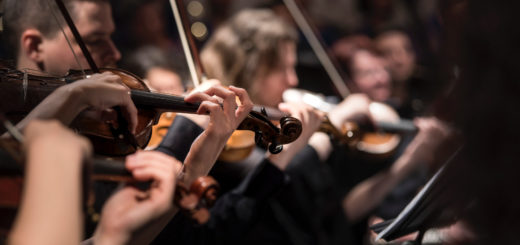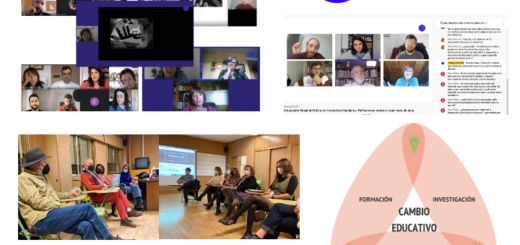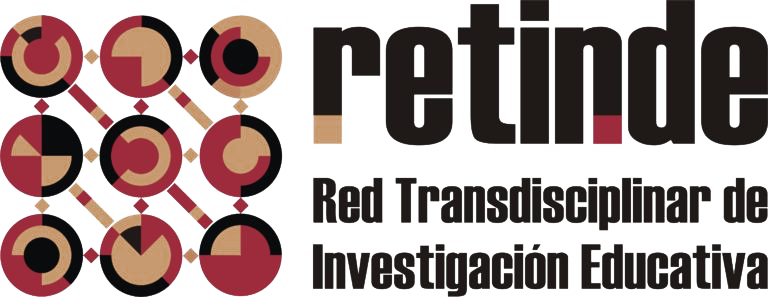Challenges of for a pedagogy of multiliteracies in the language classroom

The study by Reyes-Torres, Portalés-Raga, and Torres-Mañá (2021) exploits the potential of picture books with sound for teaching English in primary education. After an analysis of the potential of fifteen picture books, the authors opt for a story of Ukrainian origin, Loudly, soflty, in a whisper (2017), showing how to carry out the four aforementioned pedagogical acts in an integrated way, the transformative practice culminating in the performance of a dramatized musical with the story as a starting point. According to the authors, “the combination of linguistic, literary, visual, and auditory features that S[ound]P[icture]B[ook] comprise provide learners with the dynamic and plural literacies that the multimodal society of the 21st-century demands” (p. 320).
In the field of secondary education, recent research proposes not only the promotion of multimodality in the English classroom, but also the inclusion of different languages in the same text (Martínez Etxarri, and Martínez Arbelaiz, in press). Critical voices in multilingual education have praised teachers who encourage their students to mix language varieties and different modes of expression in creative and innovative ways (Kafle, and Canagarajah, 2015; Leung, and Valdés, 2019). However, as with multimodality, the main problem for teachers is often the final assessment. Using a Design-based methodology (Valverde-Berrocoso et al. 2020), in addition to contributing to the development of pedagogical knowledge in the language classroom, we offer rubrics consistent with this didactic approach.
Finally, given the increasing digitization of communication, different academics have proposed the Multiliteracy Pedagogy in the foreign language curriculum at university (cf. Kern, 2003; López-Sánchez, 2014; 2016; Paesani, Allen, and Dupuy, 2016, among others). The ultimate aim is to promote the interpretation and discussion of authentic multimodal texts, unveiling the design of social meaning, i.e. identifying the key lexis, the cultural framework and the different functional aspects of the text involved in the generation of its meaning. The subsequent creation of a multimodal text by the students would close the pedagogical proposal.
In any of the three areas discussed, dethroning the linguistic mode of communicative acts, without focusing on traditional reading and writing, may be too drastic a shift for some teachers. As we have already reported in our own experience (Aberasturi-Apraiz, Correa-Gorospe, and Martínez-Arbelaiz, 2020), adopting multimodality can be a source of vulnerability, since we are forced to use modes of communication that are less familiar to us. In any case, the experiences reported here encourage us to abandon the security of the familiar and to show our vulnerability by exploring new modes of communication in our language classrooms.
References
Cope, B., and Kalantzis, M. (2000). Multiliteracies: Literacy learning and the design of social futures. Routledge.
Aberasturi-Apraiz, E., Correa-Gorospe, J.M., and Martínez-Arbelaiz, A. (2020. Researcher Vulnerability in Doing Collaborative Autoethnography: Moving to a Post-Qualitative Stance. Forum: Qualitative Social Research/Socialforschung 21(3), Art. 8.
https://www.qualitative-research.net/index.php/fqs/article/view/3397/4634
Kafle, M., and Canagarajah, S. (2015). Multiliteracies, Pedagogies, and Academic Literacy. In W. E. Wright, S. Boun and O. García (Eds.), The Handbook of Bilingual and Multilingual Education (pp. 241-252). John Wiley & Sons.
Kern, R. (2003). Literacy as a new organizing principle for foreign language education. In P.C. Patrikis (Ed.), Reading between the lines: Perspectives on foreign language literacy (pp. 40-59). Yale University Press.
Leung, C., and Valdés, G. (2019). Translanguaging and the transdisciplinary framework for language teaching and learning in a multilingual world. The Modern Language Journal, 103(2), 348-370.
López-Sánchez, A. (2014). Hacia una pedagogía para la multialfabetización. El diseño de una unidad didáctica inspirada en las propuestas del New London Group. Hispania, 97(2), 281–297. https://doi.org/10.1353/hpn.2014.0060
López-Sánchez, A. (2016). Redesigning the Intermediate Level of the Spanish Curriculum through a Multiliteracies Lens. In Y. Kumagai, A. López-Sánchez, and S. Wu (Eds.), Multiliteracies in World Language Education (pp. 58-80). Routledge.
Martínez Etxarri, A., and Martínez Arbelaiz, A. (en prensa). Translanguaging and multimodality in the language classroom: expanding teachers´ horizons. In M. Romera and M. C. Bueno-Alastuey (Eds.), Didáctica de la lengua, multimodalidad y nuevos entornos de aprendizaje (pp. 149-168). Graó.
New London Group. (1996). A pedagogy of multiliteracies: Designing social futures. Harvard Educational Review, 66(1), 60–93. https://doi.org/10.17763/haer.66.1.17370n67v22j160u
Paesani, K., Allen, H.W., and Dupuy, B. (2016). A Multiliteracies Framework for Collegiate Foreign Language Teaching. Prentice Hall.
Reyes-Torres, A., Portalés-Raga, M. y Torres-Mañá, C. (2021). The potential of sound picturebooks as multimodal narratives: Developing students’ multiliteracies in primary education. AILA Review, 34(2), 300-324.
Romanyshyn, R., and Lesiv, A. (2017). Loudly, softly, in a whisper. Wonder House.
Valverde-Berrocoso, J., Fernández-Sánchez, M. R., Garrido-Arroyo, M. del C., Malinverni, L., and Revuelta-Domínguez, F.-I. (2020). Investigación basada en el diseño. In J. Mª Sancho, F. Hernández, L. Montero, J. de Pablos, I. Rivas and A. Ocaña (Eds.), Caminos y derivas para otra investigación educativa y social (pp. 167-180). Octaedro.

Authors
Asunción Martínez Arbelaiz
Department of Education. University of the Basque Country UPV/EHU
Margari Leon Gereño, i2basque, Red Académica y de Investigación
Elkarrikertuz Research Group






